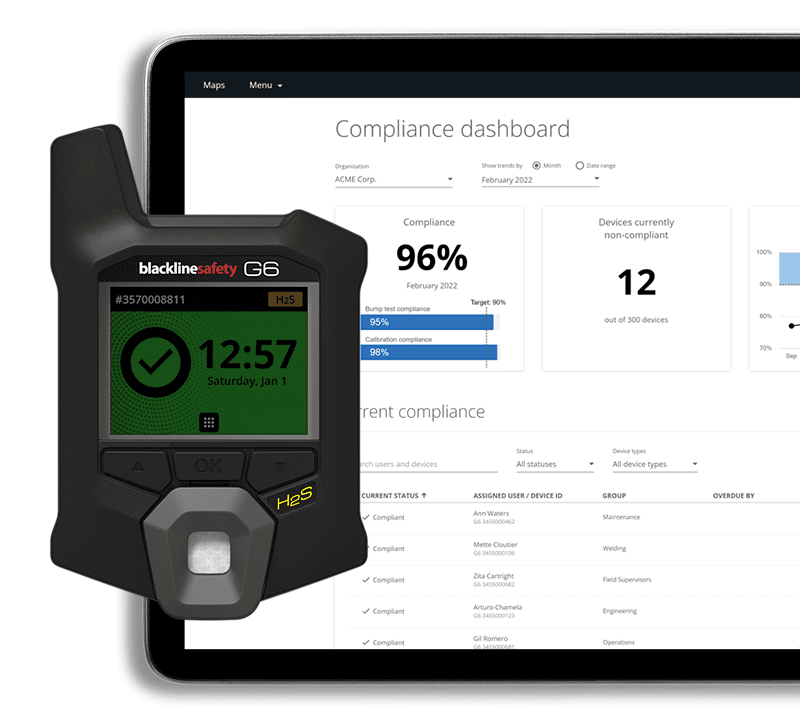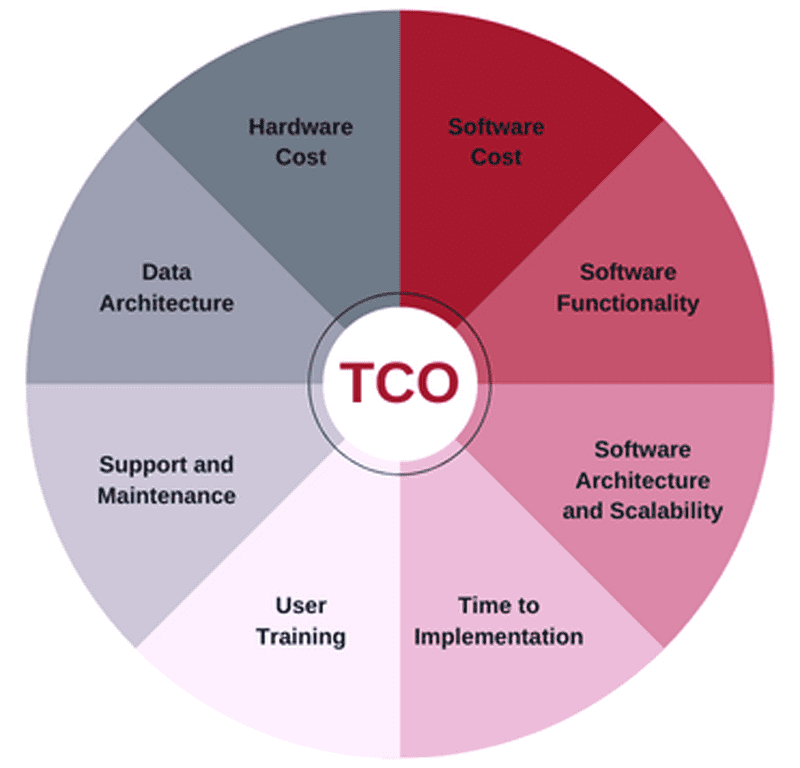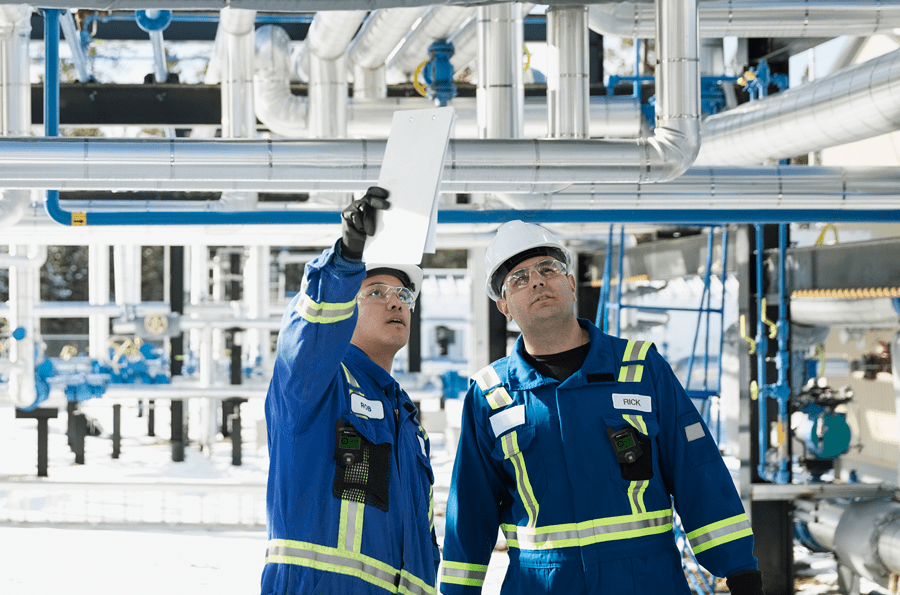We’ve all come to accept that personal tech, like our cell phones, advances with every update. And with each new version, we quickly adapt to the upgraded features. These phased developments are an expected part of owning tech. But every once in a while, there’s a revolution – a game-changer that disrupts how we work and play. Flip-phone to a smartphone, digital watch to a smartwatch. It’s like we can’t imagine how we ever lived without it. What was once a “nice-to-have” becomes a “need-to-have.”
Safety tech is no different. Much like our connected personal devices, connected wearable gas detectors now provide essential benefits like PPT communications, real-time remote alarms, 24/7 safety monitoring and emergency dispatch. Not only that, but connected safety solutions deliver vital data that streamline your incident response and let you take proactive actions to prevent them – all while improving compliance and operational efficiency.
You may think, “Connected safety is great for lone workers, but we only have a budget for disposable single-gas detectors.” The reality is that traditional throwaway, beep-and-flash gas detectors that only last two years do not measure up to best practices in the era of IIoT. Seventy percent of organizations are working on their digital transformation strategy with a high priority on improving operational efficiency. Using connected gas detectors adds additional value analyzing the data from the devices to find ways to increase productivity and safety.
If you’re concerned about cost, new wearable connected devices are arriving on the market that provide higher safety at a reduced total cost of ownership (TCO) over their lifespan, ensuring both peace of mind and long-term value.
Real-Time, Informed Safety
At a basic level, switching from disposable to connected single-gas detectors not only notifies the wearer of atmospheric risks, but also safety monitoring personnel who can be located anywhere. Instead of waiting for gas detection devices to be docked, data from connected wearables are received in real-time putting safety information at your fingertips. Supervisors can see and assess gas levels and know exactly where an incident occurred to initiate an informed response. Real-time data means real-time response.
Depending on the work being done in the area, if one worker is exposed to harmful gases, there may be a risk to nearby workers. The exposure hazard can rapidly spread beyond the individual. Having full visibility of worker locations, and the ability to quickly locate and communicate with workers anywhere onsite in case of an emergency, enables smooth evacuation of the area – greatly reducing negative outcomes.
Data-Driven, Preventative Safety
Beyond rapid incident response, connected wearables provide safety management personnel with invaluable data, such as real-time, quantitative alarm notifications with time, location and gas exposure levels. The software then collects and displays the device data in reports. With easy-to-interpret graphs and charts, these reports provide safety management personnel a bird’s eye view into full fleet device usage, compliance status and gas exposures. The data also provides a detailed view into which individual devices are being properly used, bump tested and calibrated, putting the accountability and responsibility of maintenance in informed workers’ hands.

Vital, data-driven insights can be gained on how to proactively reduce safety risks in the future through preventative safety protocols and processes. For example, if multiple low gas alarms are recorded in a specific location, maintenance crews can be dispatched to find the source of the leak and conduct repairs. The information is delivered directly from the devices to a centralized dashboard; there’s no need to rely on workers and contractors to report on exposures. True visibility through data analytics makes it easy to create safety programs that meet and beat best practices.
Reduced Cost of Ownership
Of course, all the above sounds great – but at what cost? For straightforward applications like single-gas detection, is connected safety cost-effective compared to disposables? To answer that question, we need to look at the big picture of what goes into the TCO of a device fleet. Beyond initial hardware price and costs associated with maintenance (e.g., calibration gases), several factors contribute to the final tally.
A major contributor to sunk costs is lost devices. On average, 20 percent of a fleet needs to be replaced because devices are lost or misplaced. This means carrying extra inventory of disposable devices. In contrast, connected devices can easily be located via GPS tracking, whether they were left in a truck, a lunchroom or fell off at some point during the workday.

Another factor that may not initially come to mind is the cost of false alarms. All alarms must be responded to, which can range from a single worker needing to stop a task to shutting down an entire facility to allow for proper investigation. To mitigate the expense associated with stop-work safety situations, the latest connected wearables have more precise short-term exposure limit (STEL) monitoring, reducing the occurrence of false alarms and associated costs.
Device turnover is an additional load on TCO. Disposables last around two years before they’re discarded, while connected devices are rechargeable and last four years (one year per charge). Not only do they last longer, but the devices are direct-to-cloud and are connected right out of the box. Much like your smartphone, this enables automatic, over-the-air updates with the latest features. So, instead of a static throwaway that becomes out of date during its use, connected devices continuously improve over their lifespan as new features are added and firmware is automatically updated. Depending on the provider, connected safety solutions also come with a full warranty for the service term and flexible buying options for CAPEX or OPEX budgets.
All-in-One Solution
Best safety practices are continually evolving, and digital transformation is helping to meet the needs of the oil and gas industry. The “canary in a coal mine” approach of using disposable, beep-and-flash, single-gas detectors no longer addresses the goals of safety programs. Connected devices with supporting software not only provide more precise gas exposure detection and detailed, real-time information to better protect workers and facilities, but they last longer and provide an all-in-one solution that reduces overall costs.
Headline photo: Photo courtesy of Blackline Safety.
Sean Stinson is the chief growth officer at Blackline Safety, where he oversees the teams contributing to revenue generation, including data science, user experience design, sales, client success and customer care. Prior to Blackline, Stinson facilitated roles in product, project and engineering management in the gas detection industry.
Oil and gas operations are commonly found in remote locations far from company headquarters. Now, it's possible to monitor pump operations, collate and analyze seismic data, and track employees around the world from almost anywhere. Whether employees are in the office or in the field, the internet and related applications enable a greater multidirectional flow of information – and control – than ever before.




